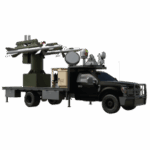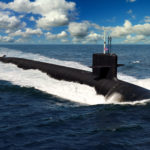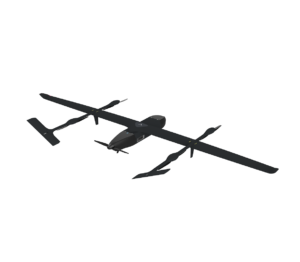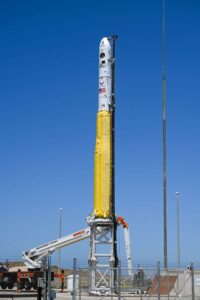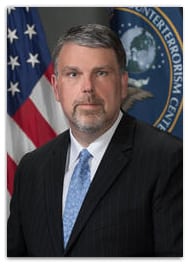
There are several changes in the terrorist threat landscape over the past year, including new threats to aviation security, the head of the U.S. agency responsible for leading the nation’s counter-terrorism efforts said on Wednesday.There has been a “resurgence of aviation threats,” in the past year, “reaching a level of concern we in the intelligence community have not faced since Al-Qaeda in the Arabian Peninsula’s printer package plot of 2010,” Nicholas Rasmussen, director of the National Counter Terrorism Center (NCTC),…

 By
By 